New Mexico Chiles: A Spicy Guide to the Desert's Favorite Fire
Table of Contents
Introduction to New Mexico Chiles
When it comes to spices, few ingredients hold as much cultural and culinary significance as the New Mexico chile. These fiery pods are more than just a flavor booster—they’re a symbol of tradition, heat, and taste in the American Southwest. Whether you're a seasoned chef or a curious foodie, understanding what New Mexico chiles are can open up a world of possibilities in your kitchen.
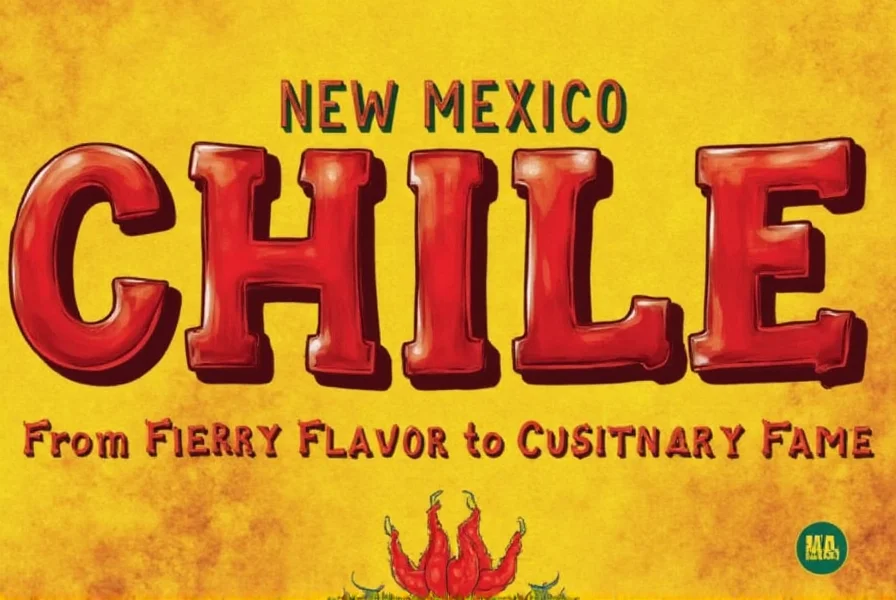
What Are New Mexico Chiles?
New Mexico chiles, also known as Hatch chiles, are a type of Capsicum annuum native to the state of New Mexico. They were first developed by Dr. Fabián García in the early 20th century at the New Mexico State University. These chiles are not only a staple in New Mexican cuisine but also a beloved ingredient across the U.S., especially in dishes like green chile stew, tamales, and enchiladas.
The term “New Mexico chile” can refer to several different varieties, including the Anaheim, which is one of the most common. However, true New Mexico chiles are typically smaller, with a slightly sweeter and more complex flavor compared to their counterparts.
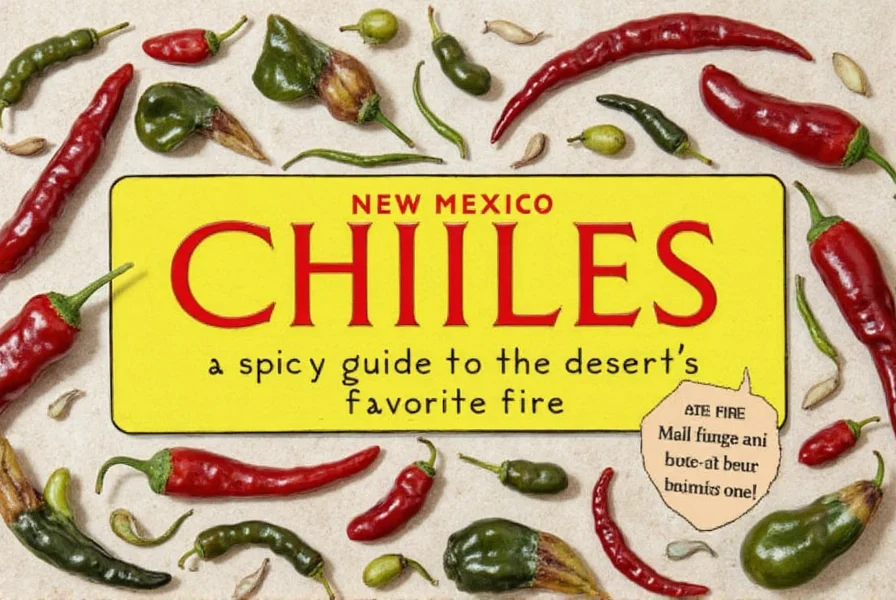
Flavor Profile and Heat Level
New Mexico chiles offer a unique balance of heat and flavor. Their heat level is generally moderate, ranging from 1,000 to 3,000 Scoville units—mild enough for many palates but still spicy enough to add depth to any dish.
Flavor-wise, they have a smoky, slightly sweet, and earthy profile. When roasted, they develop a rich, nutty aroma that enhances the overall taste of any recipe. This makes them ideal for sauces, salsas, and even grilled meats.
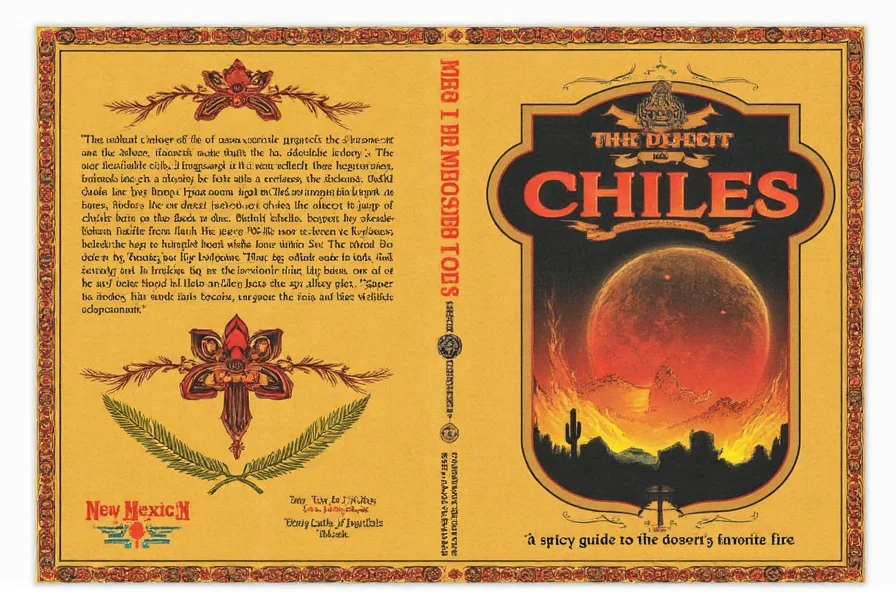
Cooking with New Mexico Chiles
Cooking with New Mexico chiles is an art form. Here are a few tips to help you get the most out of these versatile peppers:
- Roasting: Roast the chiles over an open flame or under the broiler until the skin blisters. This brings out their natural sweetness and smokiness.
- Peeling and Seeding: After roasting, peel off the charred skin and remove the seeds if you want a milder flavor.
- Pureeing: Use a blender or food processor to make a smooth sauce. Add garlic, onion, and a bit of oil for extra flavor.
- Freezing: Freeze whole chiles in a sealed bag for future use. They’ll keep for months and are perfect for making batches of green chile.
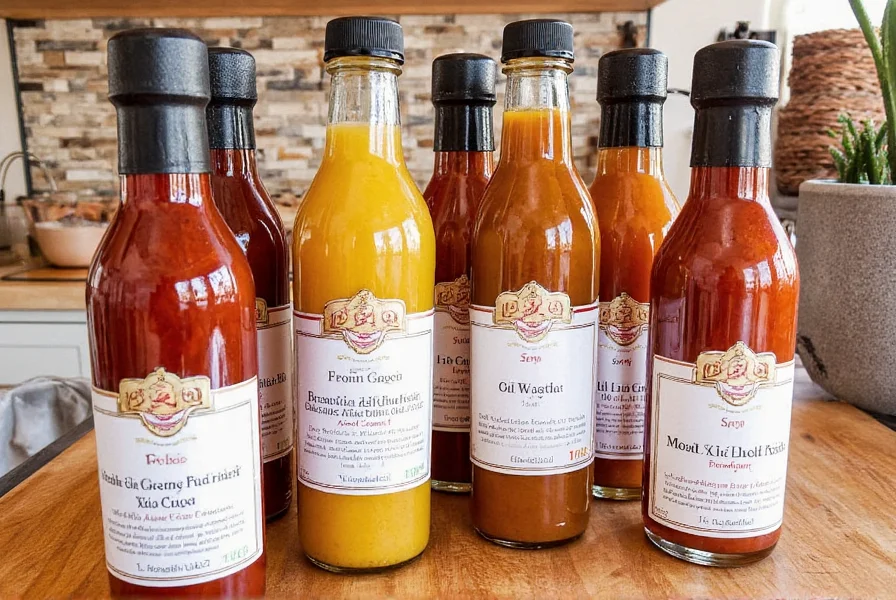
Buying Guide for New Mexico Chiles
If you're looking to buy New Mexico chiles, there are a few things to consider. The best time to find fresh chiles is during the summer and early fall when they're in season. Farmers' markets and local grocery stores often carry them, especially in regions where chile cultivation is common.
For those who can’t find fresh chiles, canned or dried options are available. Here’s a quick guide to some popular products:
| Product Name | Features | Use Cases | Target Audience | Suitable Occasions |
|---|---|---|---|---|
| California Chile Pepper | Medium heat, mild flavor | General cooking, salsas, stews | Home cooks, beginners | Dinner parties, casual meals |
| Chipotle in Adobo | Smoky, spicy, canned | Stir-fries, sauces, tacos | Intermediate cooks, enthusiasts | Weeknight dinners, barbecues |
| Dehydrated New Mexico Chiles | Long shelf life, intense flavor | Rehydrating for soups, sauces | Advanced chefs, spice lovers | Culinary events, special occasions |
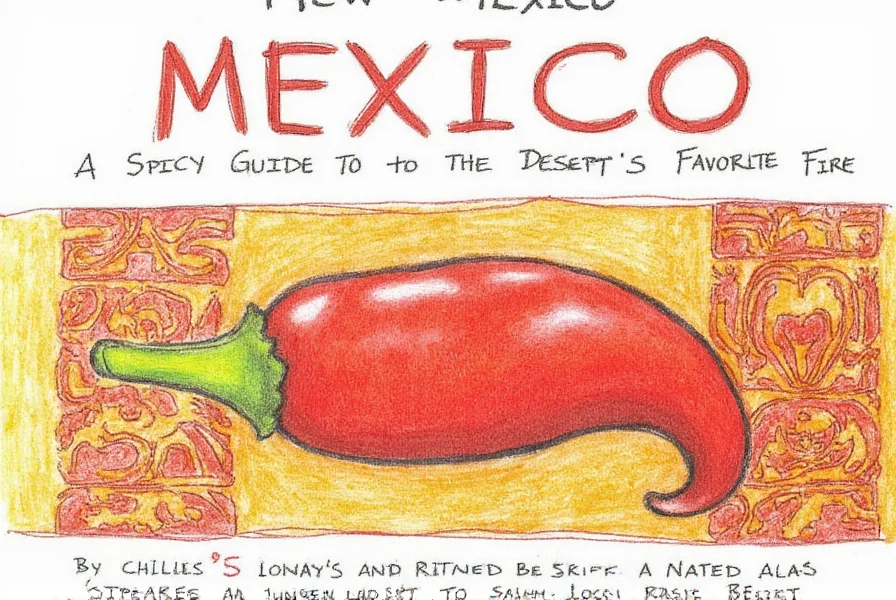
Popular Varieties of New Mexico Chiles
While the term “New Mexico chile” is broad, several specific varieties stand out. Here are a few of the most popular ones:
- Anaheim: Known for its mild heat and versatility, the Anaheim is a favorite among home cooks and restaurants alike.
- Hatch: Named after the town in New Mexico, Hatch chiles are larger and have a slightly spicier kick. They’re often used in traditional recipes.
- Mirasol: These chiles are rounder and have a sweet, fruity flavor. They’re great for roasting and using in salsas.
- Ristra: Used mainly for decoration, ristras are long strings of chiles hung in homes and restaurants for festive appeal.
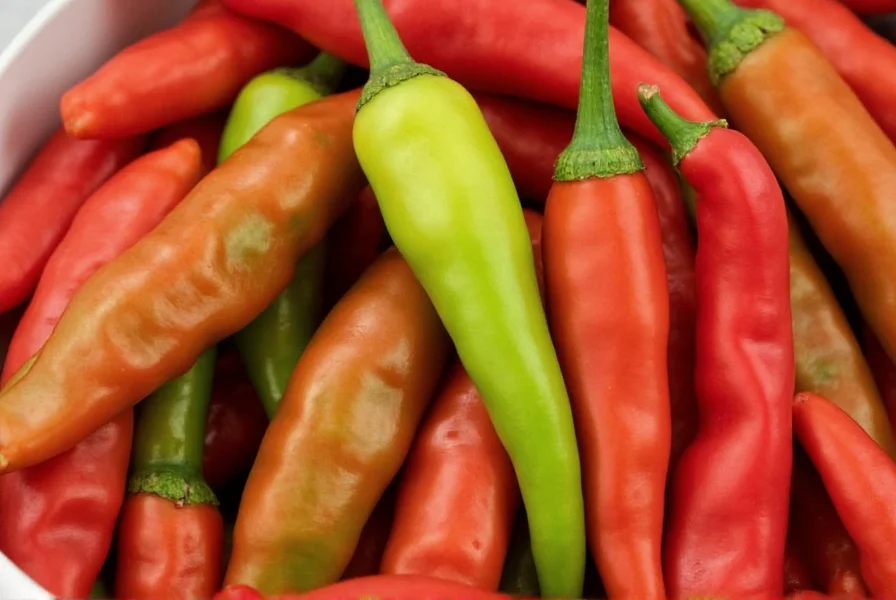
Common Mistakes When Using New Mexico Chiles
Even the most experienced cooks can make mistakes when working with New Mexico chiles. Here are a few pitfalls to avoid:
- Over-roasting: While roasting enhances flavor, overdoing it can result in bitterness. Keep an eye on the chiles and stop once the skin is blistered.
- Ignoring the seeds: If you’re not a fan of heat, remove the seeds and membranes. They contain the majority of the capsaicin, which gives chiles their spice.
- Not using gloves: Chili oils can transfer to your hands and cause irritation. Always wear gloves when handling fresh chiles.
- Overloading recipes: New Mexico chiles are flavorful, so a little goes a long way. Start with a small amount and adjust to taste.
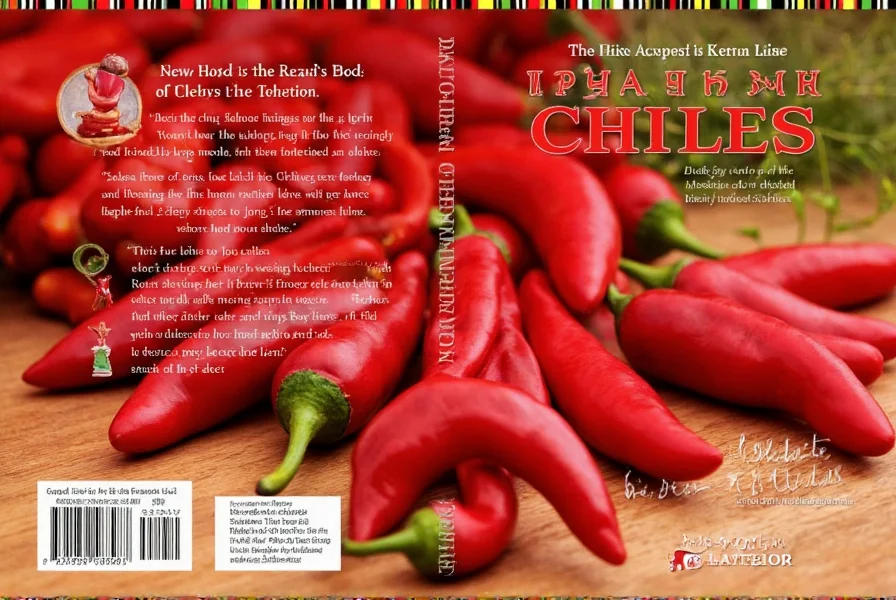
Conclusion
New Mexico chiles are more than just a spice—they’re a cultural icon, a culinary staple, and a source of endless flavor. Whether you’re a beginner experimenting with your first chile-based recipe or a pro looking to refine your technique, these peppers have something to offer everyone.
So next time you’re in the kitchen, don’t be afraid to reach for a New Mexico chile. With the right approach, you’ll unlock a world of flavor, heat, and tradition that will elevate your dishes to new heights. And remember, what are New Mexico chiles? They’re not just a pepper—they’re a passion, a history, and a delicious way to bring people together around the table.
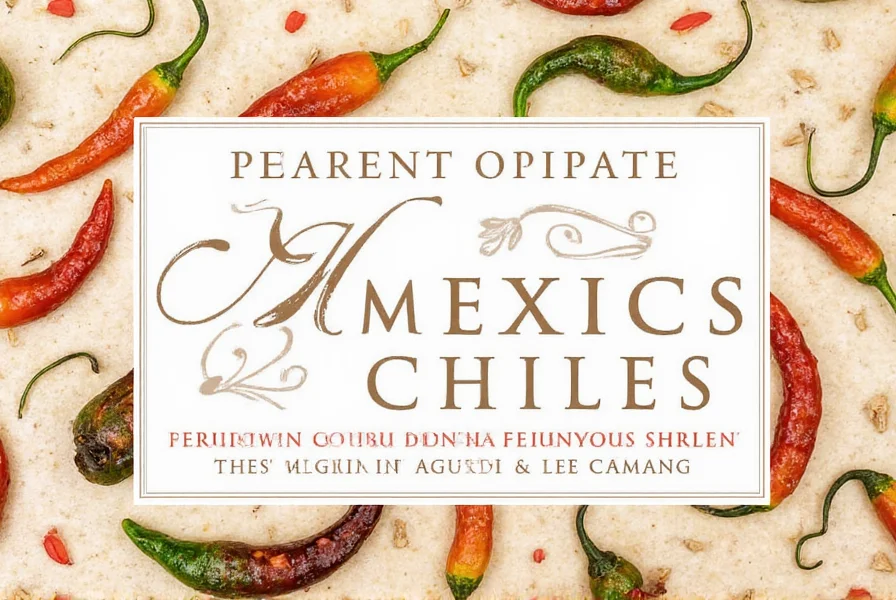

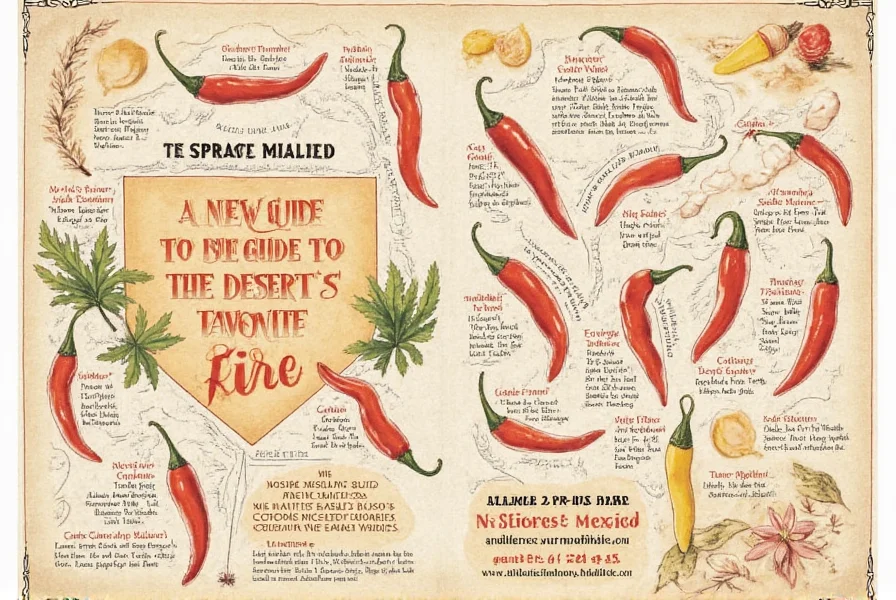









 浙公网安备
33010002000092号
浙公网安备
33010002000092号 浙B2-20120091-4
浙B2-20120091-4